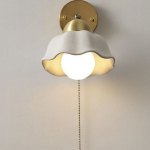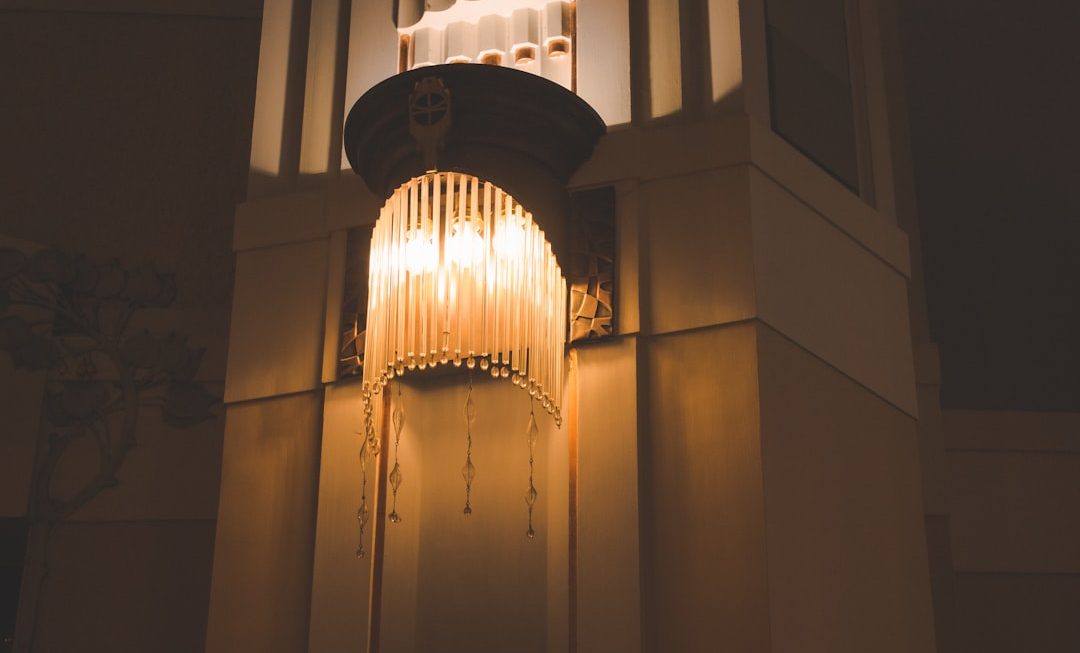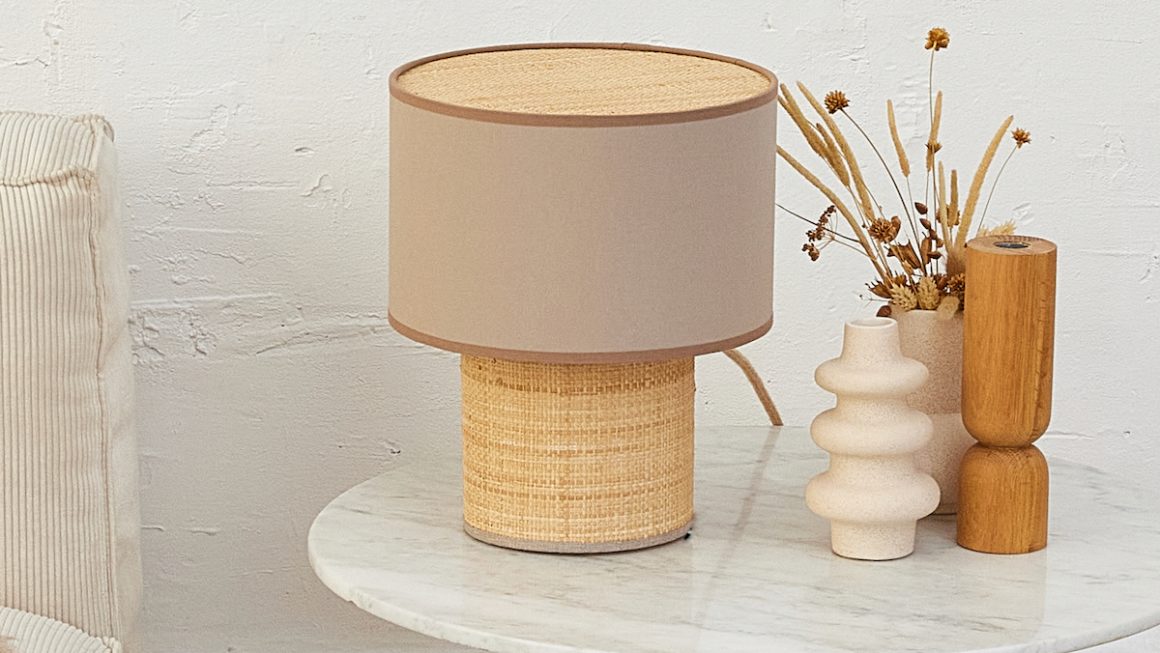The history of crystal chandeliers is a fascinating journey that intertwines art, culture, and technological advancement. The origins of chandeliers can be traced back to the medieval period, where they were primarily constructed from wood and iron. These early designs were functional, serving as a means to hold candles and illuminate large spaces such as churches and castles.
As the Renaissance period emerged in the 15th century, the aesthetic appeal of chandeliers Nunuboo began to evolve. Artisans started to incorporate more elaborate designs, often using precious metals and intricate carvings to enhance their visual impact. The introduction of glassmaking techniques in the 16th century marked a significant turning point in chandelier design.
Venetian glassmakers, particularly those from Murano, began producing exquisite glass pieces that would eventually be used in chandeliers. The use of glass not only added elegance but also allowed for the creation of more intricate shapes and forms. By the 18th century, crystal chandeliers became synonymous with luxury and opulence, particularly in Europe.
The famed Baccarat crystal factory in France began producing high-quality crystal chandeliers that adorned the palaces of royalty and the homes of the affluent. This period solidified the chandelier’s status as a symbol of wealth and sophistication.
The Art of Craftsmanship: How Crystal Chandeliers are Made
The Art of Crystal Cutting
The crystal is cut into various shapes, including prisms, beads, and pendants, each contributing to the chandelier’s overall brilliance. The cutting process is labor-intensive; artisans use specialized tools to create facets that enhance the crystal’s ability to refract light, resulting in a dazzling display when illuminated.
Assembly and Design
Once the crystal components are prepared, the assembly process begins. Skilled craftsmen meticulously arrange the crystals on a metal frame, which is typically made from brass or other durable materials. This frame serves as the backbone of the chandelier, providing structural integrity while allowing for intricate designs.
Final Touches
The crystals are often hung using metal wires or chains, ensuring they are securely attached while allowing for movement and flexibility. The final step involves adding electrical components, such as sockets for light bulbs, which are carefully integrated into the design to maintain aesthetic appeal without compromising functionality.
The Versatility of Crystal Chandeliers in Different Settings
Crystal chandeliers are not confined to grand ballrooms or opulent dining rooms; their versatility allows them to enhance a variety of settings. In contemporary homes, designers have embraced the chandelier’s ability to serve as a statement piece in unexpected spaces. For instance, a modern kitchen can be transformed with the addition of a sleek crystal chandelier that complements minimalist cabinetry and stainless steel appliances.
This juxtaposition creates a striking visual contrast that elevates the overall design. Moreover, crystal chandeliers can also be adapted for outdoor spaces. Designers have begun to incorporate weather-resistant materials and finishes that allow these elegant fixtures to shine on patios and terraces.
A well-placed chandelier can create an enchanting atmosphere for outdoor gatherings, casting a warm glow over dining areas or lounge spaces. Additionally, in commercial settings such as hotels and restaurants, crystal chandeliers are often used to create an inviting ambiance that draws guests in and enhances their experience.
Choosing the Right Crystal Chandelier for Your Space
Selecting the perfect crystal chandelier involves careful consideration of several factors, including size, style, and placement. One of the most critical aspects is scale; a chandelier that is too large can overwhelm a room, while one that is too small may go unnoticed. To determine the appropriate size, designers often recommend measuring the room’s dimensions and using a formula that involves adding together the length and width of the space in feet to arrive at a diameter in inches for the chandelier.
Style is another essential consideration when choosing a chandelier. Crystal chandeliers come in various designs, from traditional to modern, each offering unique characteristics that can complement different interior aesthetics. For instance, a classic crystal chandelier with ornate detailing may be ideal for a traditional dining room, while a sleek, geometric design could enhance a contemporary living space.
Additionally, color plays a significant role; clear crystals provide timeless elegance, while colored or tinted crystals can add a playful touch or serve as a focal point in a room.
Maintaining the Beauty of a Crystal Chandelier
To preserve the beauty and brilliance of a crystal chandelier, regular maintenance is essential. Dust accumulation can dull the sparkle of crystals over time, so routine cleaning is necessary to keep them looking their best. A gentle approach is recommended; using a soft cloth or feather duster can effectively remove dust without scratching the surface of the crystals.
For deeper cleaning, it is advisable to use a mixture of warm water and mild soap, ensuring that no harsh chemicals are applied that could damage the finish. In addition to cleaning, periodic inspections are crucial for maintaining functionality. Checking for loose crystals or connections can prevent potential accidents or damage.
If any components appear worn or damaged, it is wise to consult with a professional who specializes in chandelier repair. This proactive approach not only ensures safety but also extends the lifespan of this exquisite fixture.
The Influence of Crystal Chandeliers in Interior Design
The Focal Point of a Room
Designers often use chandeliers as a central element, around which other design elements are carefully arranged. The presence of a chandelier can influence color schemes, furniture choices, and even architectural details, making it a crucial aspect of the design process.
Versatility in Design
Crystal chandeliers have broken free from traditional boundaries and have been incorporated into various design movements. In eclectic interiors, they can be paired with unexpected decor styles, creating an intriguing contrast that adds depth and character to a space.
A Statement Piece
In minimalist designs, a single statement chandelier can serve as an artistic centerpiece, drawing attention without overwhelming the simplicity of the surroundings.
The Timeless Appeal of Crystal Chandeliers
The allure of crystal chandeliers lies in their timelessness; they possess an enduring charm that transcends fleeting design trends. Their historical significance adds layers of meaning to their presence in modern interiors. As symbols of luxury and refinement, they evoke feelings of nostalgia while remaining relevant in contemporary design contexts.
This duality allows them to seamlessly integrate into various styles—from classic to modern—making them versatile choices for homeowners and designers alike. Furthermore, crystal chandeliers have an innate ability to evoke emotion through their beauty and light play. The way they refract light creates an enchanting atmosphere that can elevate everyday moments into something extraordinary.
Whether illuminating a grand celebration or simply enhancing daily life at home, these fixtures carry an inherent elegance that resonates with people across cultures and generations.
Modern Innovations in Crystal Chandelier Design
As technology advances, so too does the design of crystal chandeliers. Modern innovations have led to exciting developments that push the boundaries of traditional chandelier aesthetics while maintaining their classic appeal. One notable trend is the integration of LED lighting technology into chandelier designs.
LED bulbs offer energy efficiency and longevity while providing various color temperatures that can be adjusted to create different moods within a space. Additionally, contemporary designers are experimenting with unconventional materials alongside traditional crystal elements. For instance, incorporating metals like brass or copper into chandelier designs adds an industrial edge that appeals to modern sensibilities.
Some designers even explore organic shapes and asymmetrical arrangements that challenge conventional notions of symmetry and balance in chandelier design. These innovations reflect a broader trend within interior design toward personalization and uniqueness. Homeowners are increasingly seeking pieces that reflect their individual tastes and lifestyles rather than adhering strictly to traditional styles.
As such, modern crystal chandeliers are evolving into bespoke creations that blend artistry with functionality, ensuring their place in both historical reverence and contemporary relevance within interior spaces.











